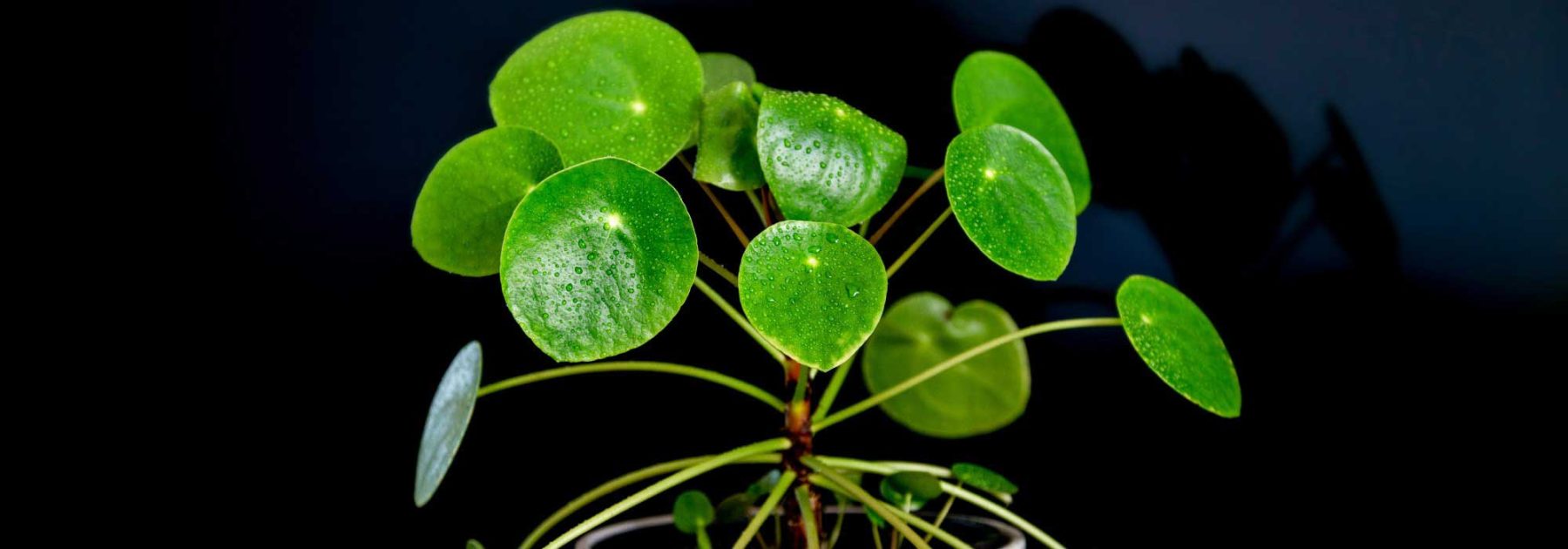Indoor Plants
Our latest articles

Most read
-
1
-
2
-
3
-
4
-
5
-
6
-
7
-
8
-
9

































![Christmas Cactus, Schlumbergera: Cultivation and Care for a Stunning Winter Flowering
[Note: The botanical name "Schlumbergera" remains unchanged as per guidelines. The common name "Cactus de Noël" is translated to "Christmas Cactus," widely recognised in British English. The term "floraison" is translated as "flowering" in accordance with the provided glossary.]](https://www.promessedefleurs.ie/blogwp/wp-content/uploads/2025/05/cactus-de-noel-150x150.jpg)







